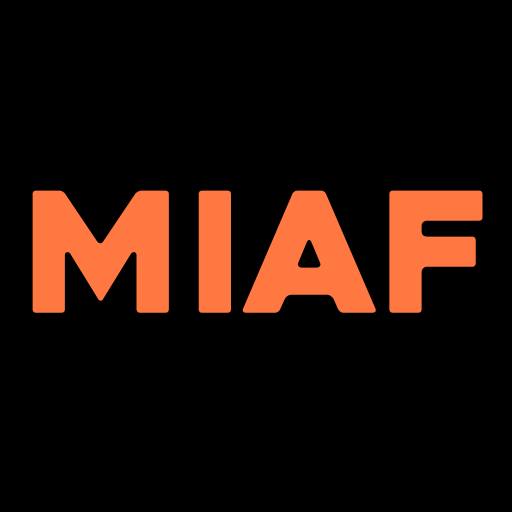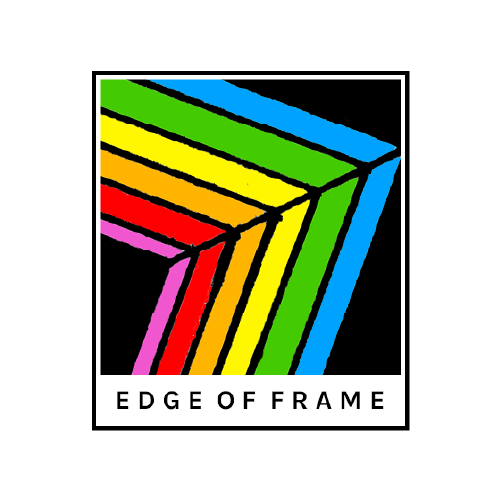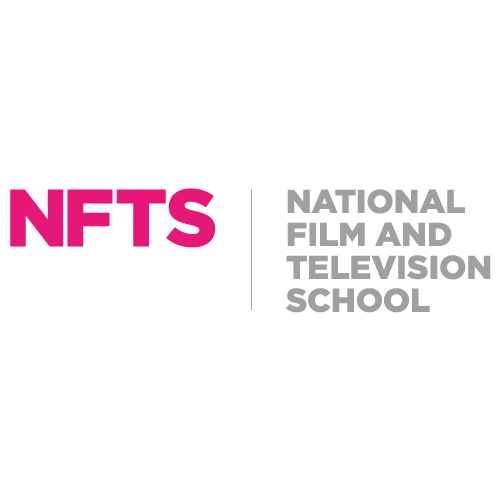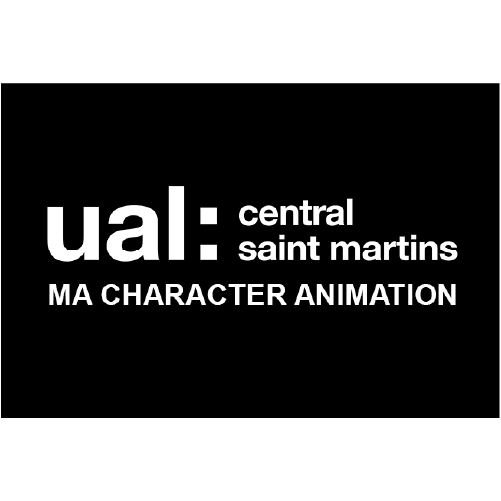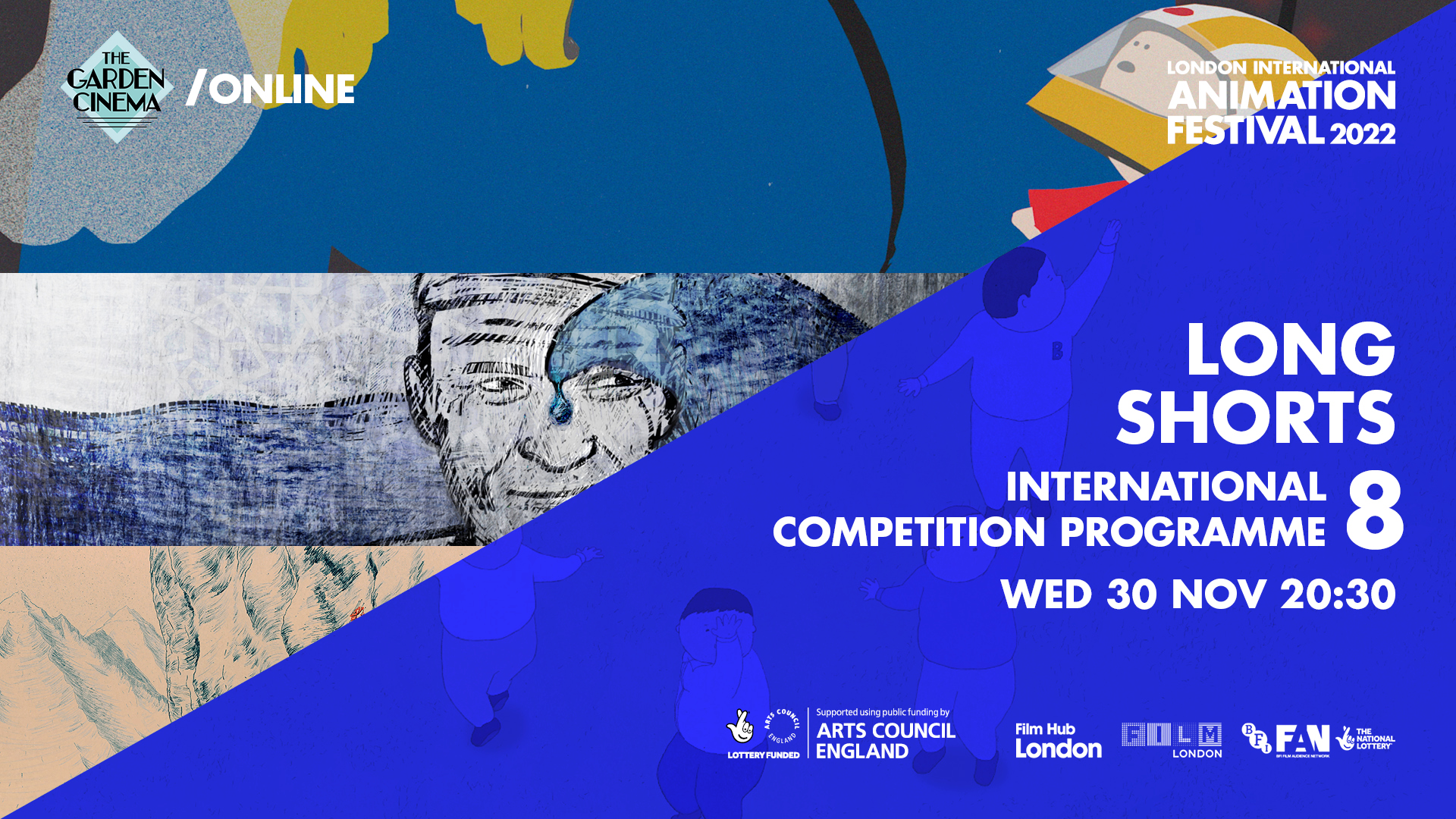
“Since there are no solutions, there are no problems.” Ahhhh yes, it’s hard to have a LIAF in which we don’t invoke the mutterings of the great R Mutt, Marcel Duchamp. It’s not really a rule here at LIAF HQ but if you’re talking about an artform that requires a gymnastical imagination to conjure great ideas out of ordinary ones then a lot of roads lead down that les Champs du Marcellaise.
Disentangle From Reality. Dismount From An Account. The Dis-Use of Narrative. At one very important level dis is what creating great animation is all about. Taking something that harbours the ordinary, the normal or the recognisable and turning that into what artist and philosopher Louis Armand calls the “visualised prosthesis of a human idea” is the blueprint of many an animated film.
Iron Man, hauled before a court that was intent on curbing his powers and forcing him to divulge his secrets, refused to surrender his suit describing it as a “high tech prosthesis”. That is a lot of prosthesis, but then again Iron Man had a big job on his hands and he needed to move fast. Also – he liked to show off. Not every prosthesis is so visible or so all-encompassing. Sometimes it can just help us stand on our own one feet or lend us a hand. To the owner though, it changes everything and redefines their ability to function in a certain way. When it comes to animation, Armand’s ‘visualised prosthesis’ might be the invisible ace up the sleeve or it might be the shining magic metal that energises the impossible.
This process of ‘re-engineering’ a narrative structure to tell a story or bring a character to life in a way that makes sense within the animated realm is something most of us are born with and many of us die without. Almost every kid has it but roll forward a couple of decades and Little Johnny – now Jonathan from Accounts – will want a narrative path with a beginning, middle and end (usually in that order) and plenty of breadcrumbs thrown down on the pathway to help ensure navigation.
Weirdly, that form of normal isn’t actually that normal – Jonathan just wants it to be. But it ain’t necessarily so. Johnathan has dealt with enough people to know that us humans are funny creatures full of unannounced unpredictabilities, what Kant calls “the crooked timber of humanity”. And Jonathan’s sleeping dreams and his waking thoughts bounce around all over the shop, all powered by one of the most elemental forces within him – his imagination. In many ways these are the best, most honest and most unique ingredients of his person. That they wind up so often being confined to the attic of his life is a great pity and something of an enduring mystery to your average animator who, as often as not, can barely restrain them bursting out and infusing the next film they are working on.
‘Bursts’ these may be but they come in all shapes and sizes. Sometimes the power demands the percussion of a short sharp explosive eruption of energy. But sometimes it is more a deeper rumble that requires the extra time to shake and make the contours of its world, gathering momentum and creative mass as it expands. Which is why we have a programme dedicated entirely to long shorts. We thought long and hard, consulted far and wide and workshopped all sorts of ideas for the best title for the programme… so welcome, once again, you fans of the rumble to LIAF’s annual Long Shorts. We’re clever with names.
This year’s Long Shorts has a fine complement of returning LIAF alumni – hey, if they keep making them, we’ll keep screening them. Atsushi Wada, Sean Buckelew, Tal Kantor and Sandor Joon have all graced the LIAF screen in the past – and looking at their films past and present, it occurs to us that might just about be the only thing they have in common.
The opening film, Bird In The Peninsula by Atsushi Wada actually has its roots in the real. The original idea came to Wada more than ten years ago in the course of his work on a documentary about the rituals being performed by Japanese children in a village in rural Japan. While he was impressed with the energy and fidelity they devoted to performing these rituals, it was increasingly clear to him that the children were not enjoying any part of the process. This made him wonder what – from a child’s perspective – could be done to make these rituals more fun and enjoyable to take part in. A storyboard outlining a range of ideas emerged in short order but almost as quickly the project was overtaken by other more pressing or more conceptually complete ideas. But in 2019 he returned to it, picked up the storyboards and began the process of animating the film. It premiered at the Berlin International Film Festival at the beginning of the year, winning a special Jury mention, and hasn’t looked back since. To the uninitiated, all of Wada’s films seem bizarre and deliberately disconnected from the real world. In that literal sense they are but slow down a little here (there’s time, it’s Long Shorts after all) and gradually you see a complex thicket of metaphors if not exactly disentangle themselves then at least come into sharper focus. Gender imbalance, a harsh critique on the negative power and influence of teachers and the dangerous role technology plays in our modern world emerge in their own time as provocations to our collective conscience.
The nature of the soul is one of the most mystical and contemplated of concepts. “A thing can be destroyed only by separating its parts. The soul has no parts. Therefore, the soul cannot be destroyed” argued Plato. The Homeric-Hebraic view says that “the human soul is essentially mortal and must live in a body to have any integrity or meaning” while the Platonic-Hindu position has it that “the human soul is naturally and essentially immortal; it is uncreated and eternal.” Somewhere in between, the Judeo-Christian belief is that “the human soul is naturally mortal, but immortality is ‘bestowed’ upon it by divine miracle, which resurrects the body and enables it to live with the soul forever”. OK, but we are fast entering an age in which a machine or a non-organic device might have a soul – or believe it has a soul and belief in a soul would appear to be an essential ingredient as to whether or not one possesses such a handy side-kick. The age of AI is upon us and, surprise surprise, the military have been kicking the types of this technology for a good long while. Who knows what they’re cooking up and how close they are coming to unleashing some bizarre ‘thinking’ machine onto a battlefield somewhere but Sean Buckelew has stepped into the void and created one provocative iteration of just such a thing. The problem with thinking though is the potential for over-thinking and the problem with over-thinking is that that overflow of thought can mis-engage a soul in very strange and peculiar ways, a little like trying to put a car in reverse while cruising down the M6. Self-interrogation can rapidly become the emotional equivalent of putting ‘PTO’ on both sides of a piece of paper and Buckelew’s new film Drone takes us into the middle of this existentialist tryst between the cry of a soul vs the fritzed outcomes of programmed post-reality consciousness.
The human capacity for cruelty is matched by an equal capacity (though often not realised) to understand its injustice and be repelled by it. Tal Kantor’s Letter To A Pig is about as visceral an interrogation of these potentials as can be imagined. It is a film that starts its journey in the highly realist world of a classroom in which a Holocaust survivor is sharing his story with a class generations removed from that horror but connected to it none-the-less by blood and culture. The man, elderly by now of course, looks at this class of young children with eyes that have seen much and sees before him the impossibility of being understood by people who have not had the experiences he has had. This exact scenario will have been played out a million times in a million places. Words – even pictures – struggle to convey what that experience must have been like. And yet, imagination has the potential to be a powerful bridge and at least one person in the class uses it to make a crossing into a world beyond any she has stepped foot in before. As Letter To A Pig slides into that world, the bridge fades and a mindstorm of parallel realities come to the fore. Kantor’s mixed media technique – simple, spare and bordering on the documentary at the beginning – shifts gear and becomes the perfect style to render this new world of myriad truths and illusory visions. Suddenly the messy combination of live-action footage smothered in roughly fashioned hand drawn animation comes into its own.
“That weight and that messiness are more than just aesthetic though”, she told Cartoon Brew. “The film talks about memory and how we perceive memory, therefore the visuals are fragmented and ‘incomplete’ — like the mechanics of memory itself. Some aspects appear more realistic and concrete, while others are more fluid and elusive”.
It is a film that remains with you – perhaps even makes you wonder what little barbs might be clinging to some inner back corridor of your own soul… just fleetingly.
And the programme finishes with the latest film by the one-off Estonian animator, Sandor Joon. His 2015 film Velodrool is hard to rationally synopsise but – broadly – is about a cyclist addicted to cigarettes who winds up in one surreal moment after another as help from the crowd comes his way to keep him in the race. Moulinet (2017) ummmm, wasn’t about cycling.
His brand new film Sierra was pretty easy to select, and perhaps a little easier to describe. It is his longest film by a measure and, graphically, his most ambitious. Set in the world of 1980’s northern European rally car racing, it taps into a rich personal history turning the fields of animation and car obsession generationally upside down. His father was a professional car mechanic and sometime rally car driver who also made short animated films about car racing. Joon shares an interest in cars but became a professional animator. Sierra started off as a film focused on the highs and lows of motorsport but as it developed it became much more a reflection on the father-son relationship over the years.
It is also a wonderful symposium in 1980’s design aesthetics, especially those that surrounded motorsport and car culture more generally in that era.
“The graphics in car rallying in the 1980’s were really bold and really colourful,” says Joon. “I guess it’s mainly because they were advertising cigarettes or alcohol or something like that. The first thing I designed was the rally car and the whole thing grew from there and the whole film became this really graphical world.”
To contrast the father’s ‘rough’ world of cars and motorsport with the gentler world represented by his mother, Joon drew on Matisse’s cut-out flowers for inspiration for that aspect of the film. It’s a captivating blend and ever so slightly more narratively driven than his earlier films, although that’s what making a longer short gives you the opportunity to do.
So many ideas, so many styles, so many approaches. “Between the Idea and the Reality…Falls the Shadow” .T.S. Eliot summed up the scaffolding of a great animated film nicely.
It depends on the idea – and the person driving it.
by Malcolm Turner
Long Shorts screens at The Garden Cinema and online Wed 30 Nov find out more




